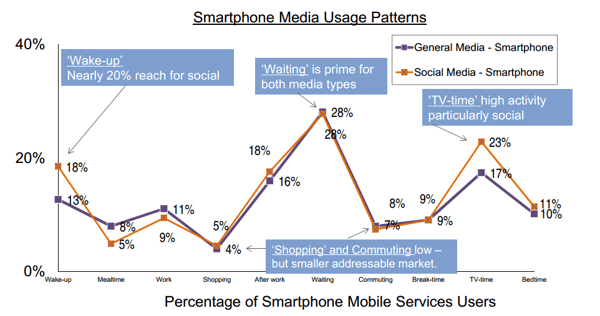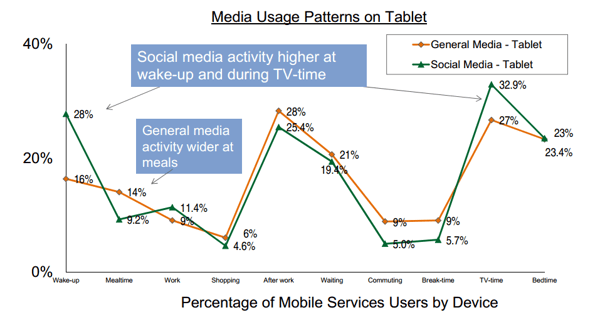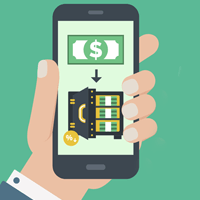Insights into the World of Mobile

Although 2012 has been dubbed the year of mobile, this new channel still holds many mysteries for Web workers.
From uncertainties about content consumption to inquiries about the success of advertisements - the fairly new world of mobile has many Web professionals revisiting their business strategies.
This is why new insights from the Interactive Advertising Bureau's (IAB) Mobile Marketing Center of Excellence report are particularly valuable, including information about the way people consume content and interact with advertisements.
Let's take a closer look into the world of mobile...
Ad Engagement
According to the report, tablet users are the most-likely to engage with mobile advertisements - with 47 percent of users claiming that they engage with ads more than once a week on their tablet devices. Conversely, only 25 percent of smartphone users claim to interact with ads on their devices at the same frequency.
However, the report also shows that mobile device users are very likely to take action once they have engaged with an ad, such as investigate a product or visit a local business. According to the report, 80 percent of the surveyed smartphone users report that they have taken action after an ad interaction, while 89 percent of tablet users also claim to have taken action after interacting with an ad.
Additionally, nearly one-third of mobile device owners (30% smartphone users, 32% tablet users) say that they are likely to respond to ads that relate to their current location. But, it is important to note, that "current location" often refers to home rather than somewhere on the go. In fact, 48 percent of smartphone users and 59 percent of tablet users say that they regularly conduct local searches on their mobile devices while at home in front of the television set.
"Both tablet and smartphone users show an impressive interest in mobile advertising," says Anna Bager, Vice President and General Manager, Mobile Marketing Center of Excellence, IAB. "The key for marketers is looking at how consumers use these devices in different ways, and tailoring brand messages and strategies accordingly."
Consuming Content
The report also shows that smartphones are critical to everyday life for many consumers, with 70 percent of respondents saying that they "never leave home without it." However the same is not true with tablets. According to the report, 70 percent of respondents claim that their tablets serve as entertainment and media hubs. As for those who have both types of devices, 60 percent of respondents prefer smartphones to look up information on-the-go, while more than 60 percent would prefer to consume traditional media on a tablet device.
Time of day also has a direct impact on how consumers use their mobile devices. For example, the three most impactful media moments of the day for smartphone users are the early morning, midday and primetime evening. According to the report, almost 20 percent of smartphone users leverage their device to access social media in the morning, while 28 percent use free time in the middle of the day to access media and 23 percent of consumers use their device to access social media during primetime TV viewing hours.
Although it is harder to generalize the impact of time of day for tablet users, waking up stood out as a key social media time - with 28 percent of tablet users engaging with social media on their devices first thing in the morning.
Check out IAB's time of day charts below:



Subscribe to Our Newsletter!
Latest in Mobile Marketing










